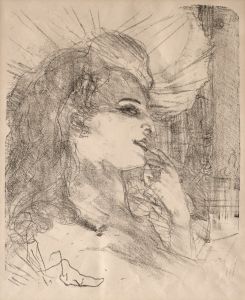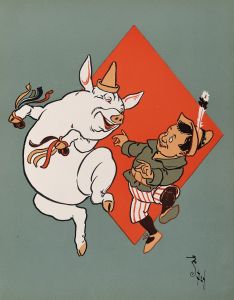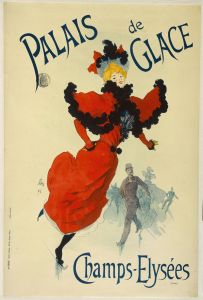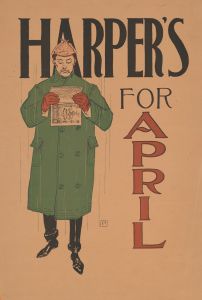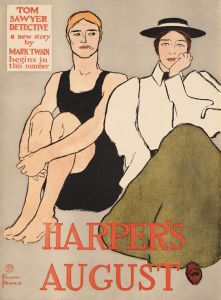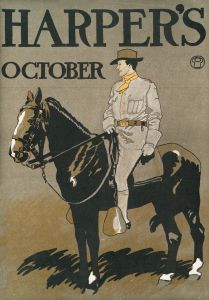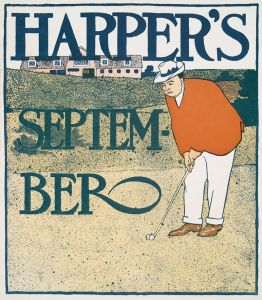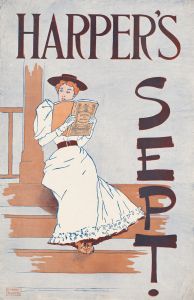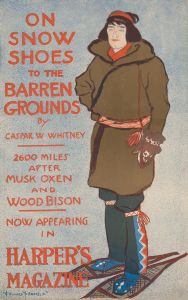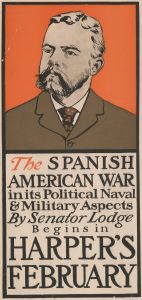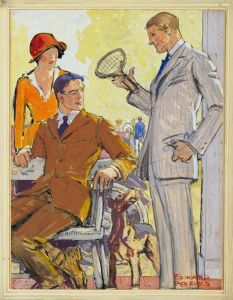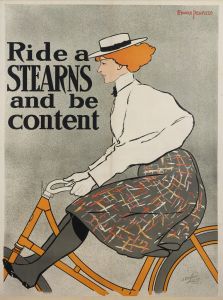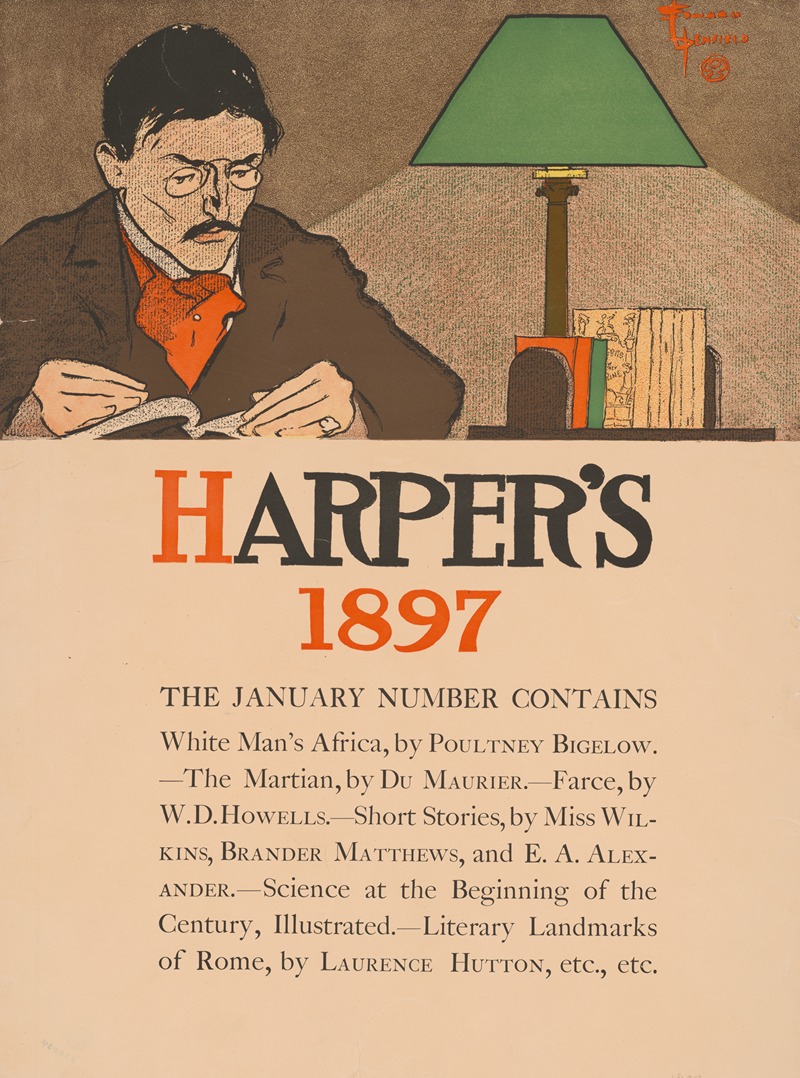
Harper’s 1897. January number contains
A hand-painted replica of Edward Penfield’s masterpiece Harper’s 1897. January number contains, meticulously crafted by professional artists to capture the true essence of the original. Each piece is created with museum-quality canvas and rare mineral pigments, carefully painted by experienced artists with delicate brushstrokes and rich, layered colors to perfectly recreate the texture of the original artwork. Unlike machine-printed reproductions, this hand-painted version brings the painting to life, infused with the artist’s emotions and skill in every stroke. Whether for personal collection or home decoration, it instantly elevates the artistic atmosphere of any space.
Edward Penfield was an influential American illustrator and a key figure in the development of graphic design in the late 19th and early 20th centuries. He is best known for his work with Harper's Magazine, where he served as the art director and created a series of monthly cover illustrations that are celebrated for their innovative style and impact on American visual culture.
One of Penfield's notable works is the cover illustration for the January 1897 issue of Harper's Magazine. This piece is part of a series of covers he designed for the magazine, which were instrumental in establishing the visual identity of Harper's during this period. Penfield's covers are characterized by their bold use of color, simplified forms, and clear, strong lines, which were influenced by the Art Nouveau movement and the poster art of the time.
The January 1897 cover features a winter scene, typical of Penfield's thematic approach to align the artwork with the season or content of the magazine issue. His ability to capture the essence of the season or theme in a single image was a hallmark of his style. The illustration likely includes figures dressed in contemporary fashion, engaging in leisure activities, which was a common motif in Penfield's work. This approach not only made the covers visually appealing but also connected with the magazine's readership by reflecting their lifestyle and interests.
Penfield's work for Harper's was significant in that it helped to elevate the status of magazine illustration to an art form in its own right. His covers were not merely decorative; they were designed to attract attention on the newsstands and convey a sense of sophistication and modernity. This was a time when magazines were becoming an important medium for mass communication, and Penfield's contributions were crucial in shaping the visual language of American periodicals.
Moreover, Penfield's illustrations are noted for their clarity and effectiveness in communication. He often employed a limited color palette and focused on the overall composition to create a striking visual impact. This approach was particularly effective in the context of magazine covers, where the goal was to capture the viewer's attention quickly.
Edward Penfield's work, including the January 1897 cover for Harper's, is considered a significant contribution to the field of graphic design and illustration. His ability to blend artistic creativity with commercial appeal set a standard for future generations of illustrators and designers. Today, his covers are studied for their artistic merit and historical significance, representing a pivotal moment in the evolution of American graphic design.





